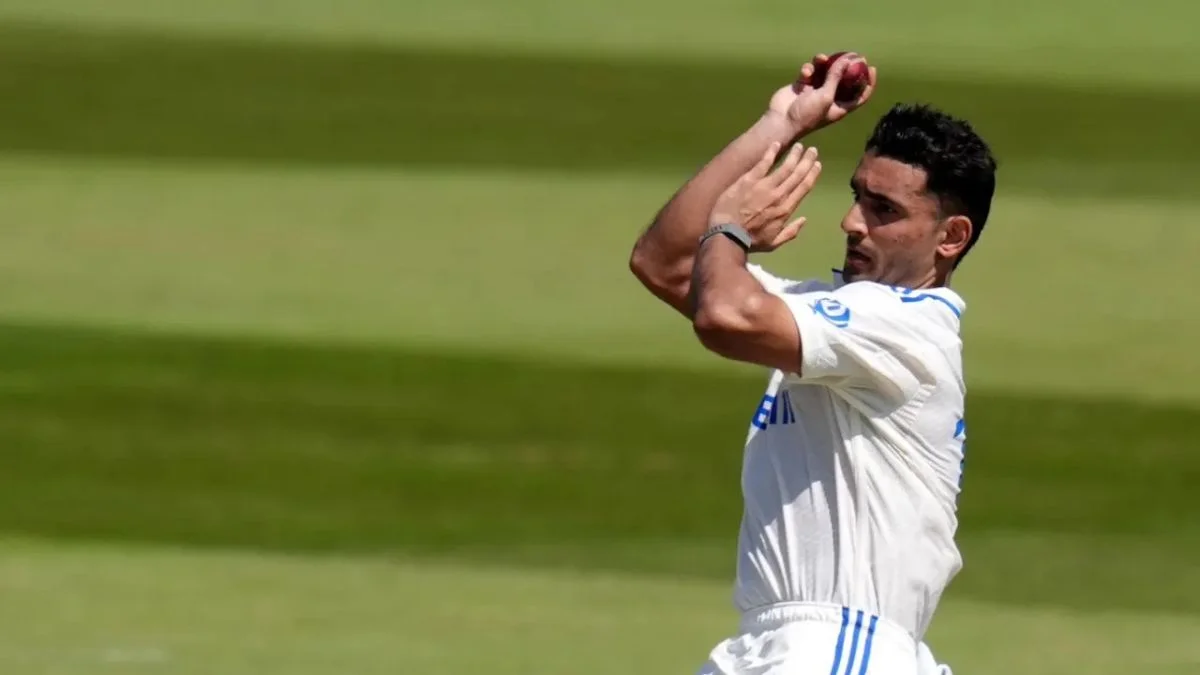
In cricket, an over is a specific set of six legal deliveries, but rule violations in cricket are termed illegal deliveries, and all of those extras can leave an over lasting much longer. Beyond just causing disruptions to the flow of the match, they can impose considerable physical and psychological strain on the bowler.
Meaning and types of illegal deliveries in cricket
1. What are illegal deliveries in cricket?
Illegal balls are the deliveries that are not a delivery by the Laws, and an extra delivery must be bowled in the over. These fall mainly in the no-ball and wide (for example) categories of deliveries, which afford the batting team additional runs and an additional toll on the bowler.
These illegal deliveries are important in understanding unusually long overs, some of which have been reported to consist of as many as 15 or even 22 deliveries on extremely rare occasions.
2. Types of Illegal Deliveries
– No-Balls: The Most Common Type of Illegal Delivery
A no-ball is called when a bowler violates certain rules during his delivery stride or bowling action. Typical reasons include:
Overstepping the popping crease with the front foot
Back-foot landing outside the return crease
Bowling a beamer (a full toss above waist height)
An illegal bowling action (e.g., “chucking”)
Delivering dangerous short-pitched balls
Fielding position infringements
Effects of a No-Ball 1 penalty run (or 2 in certain formats) to the batting team
The subsequent delivery becomes a free hit in limited-overs competitions
The ball is not considered part of the six legal balls in an over
Extra runs scored on the no-ball (off bat or byes) are also counted towards the score
Batters are guarded against most dismissals: they cannot be bowled, LBW, or caught
– Wides: Another Key Cause of Long Overs
A wide is called when the ball is out of reach of the batter to be played with a normal cricket shot. This can occur when:
The ball goes too far outside the stumps
It goes over the head of the batter
It is out of reach even if the batter is not trying to play it
Consequences of a Wide:
1 penalty run to the batting team
The wide is not considered a legal delivery
Any additional runs (through running or byes) are also added
Batters can be stumped or hit wicket, but not bowled or caught
– No-Ball vs. Wide: Which Takes Precedence?
If a delivery counts as both no-ball and wide under cricket’s laws, the no-ball notification will take precedence. The protection and sanction for the no-ball takes effect, providing the batter with the benefit of additional runs and protection from dismissal.
Other Extras: Do They Go towards the Over?
Not all illegal deliveries count as extras; Some are scored immediately without needing the extra ball:
Byes: Runs scored when the ball misses the bat and body, but permits the batter to run
Leg-Byes: Runs taken when the ball hits the batter’s body (not body, hand or bat), as long as the batter made an attempt for a shot or evaded the ball
Key Differences
Byes and leg-byes are legal deliveries
They do not lead to an extra ball
Runs are added to the team but not to the bowler
Why Illegal Deliveries Cause Overs to Spiral Out of Control
Every no-ball or wide ball compels the bowler to bowl another ball, which in most cases results in exhaustion and psychological pressure. This can spiral very fast, as one mistake tends to create another, particularly in the case of a bowler who is lacking in control.
Types of Illegal Deliveries and Their Impact




